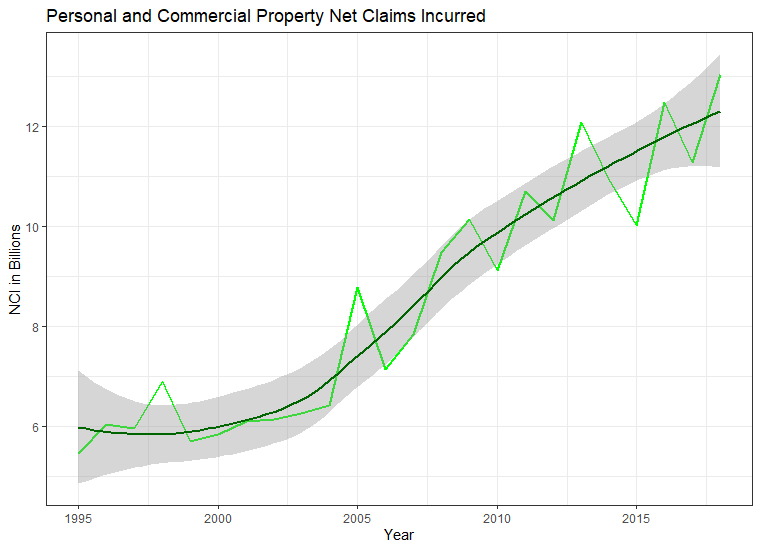
Approaching the future with a sustainable mindset.
Humanity may only have 10 short years to stabilize the warming trend that the earth has been on since the last ice age; 11,700 years ago. Whether we can agree on the causation or not, there is a great deal of evidence to give us concern. Click to View: Timelapse Temperature Anomolies Since 1880.
There are many theories on the best way to sequester the greenhouse gasses currently influencing atmospheric temperatures. Revitalization of the natural world is a promising solution and will include transitioning land back to its natural state; condensing the footprint of our cities, homes, farming, and manufacturing; possibly developing or implimenting existing technologies to terraform dryer regions into viable habitats to sequester greenhouse gasses.
To support the theory of revitalization, there is disturbing and soul crushing evidence that the Colonization of the America’s contributed to the cooling of the Earth’s climate during the 16th century, as the land once cultivated by indigenous civilizations would have fallen into disuse; 56 million hectares returned to nature drawing down the CO2 in the atmosphere between 7-10 ppm. Certainly there were other factors contributing to this cooling period such as a population reduction between 10-15% in Scotland and Volcanic Activity early in the 14th century.
Ultimately the Earth will seek to restore balance and exist with or without us. Hopefully human beings will be part of it’s calculus.
Personal Circle of Influence
Our household is working diligently to decrease and eventually eliminate our use of plastics by replacing them with silicon, wax, glass containers and technology. In the coming year we are hoping to take advantage of the renewed solar grants in Ontario to support the power grid and reduce our carbon footprint. We are being conscious of our food waste, avoiding unnecessary purchases and renovations. We are maintaining our land without pesticides and letting nature have some additional room to support itself. Change is not overwhelming if you do just a little bit at a time.
Contents Processing Centre (CPC) provides higher than average recovery rates for personal and business property affected by claims. We are doing so using environmentally responsible practices and since opening in 2009 have diverted 1465.95 tonnes of waste that would have potentially ended up in landfills. The secondary carbon offsets for items that did not require replacement to date are 3252.35 mt of CO2e. CPC hosts and anual Earth Day event to celebrate our continued commitment to an environmentally responsible business model.
Insurance Trends
Adjusted for inflation, Net personal and commercial property claims incurred have increased from 5,488 Billion in 1995 to 13,025 Billion dollars in 2018. Increasing rates to cover the expenses is only a short term solution and contrary to the global trend of updating and implimenting sustainable strategies. Data from IBC Canada

Net Claims in Billions
Underwriting
Underwriting on its own will naturally reduce the risk for insurers by weighing available coverages in areas of concern with the potential for damage. The increasing frequency and severity of weather events and catastrophic flooding will eventually move populations out of high risk zones. Unfortunately leaving things alone to their natural process is not currently an option if our industry is to contribute to the 2030 Global Goals. Studying these patterns, reassessing coverages and moving risk away from areas that have the potential or are currently in damage rebuild feedback loops would be an honest approach to the crisis we are facing.
Feedback Loop
There is alot of energy that goes into responding to disasters, processing claims, and rebuilding. Looking at the manufactured goods alone We are approaching 5 Million metric tonnes of secondary carbon footprint per year just to replace the damaged materials.
Strategic Solutions
Identify and invest in partners that can support a transition into a more sustainable industry model. Companies such as CPC that provide value in minimizing claim payouts and limit unnecesary waste.
Develop sustainable mitigation and repair strategies that shore up existing infrastructure resiliance in the event that another claim occurs. Provide incentives to your clients for making investments on their own and involve them in solutions. Gather data, generate and maintain models to provide insights and measure progress.

